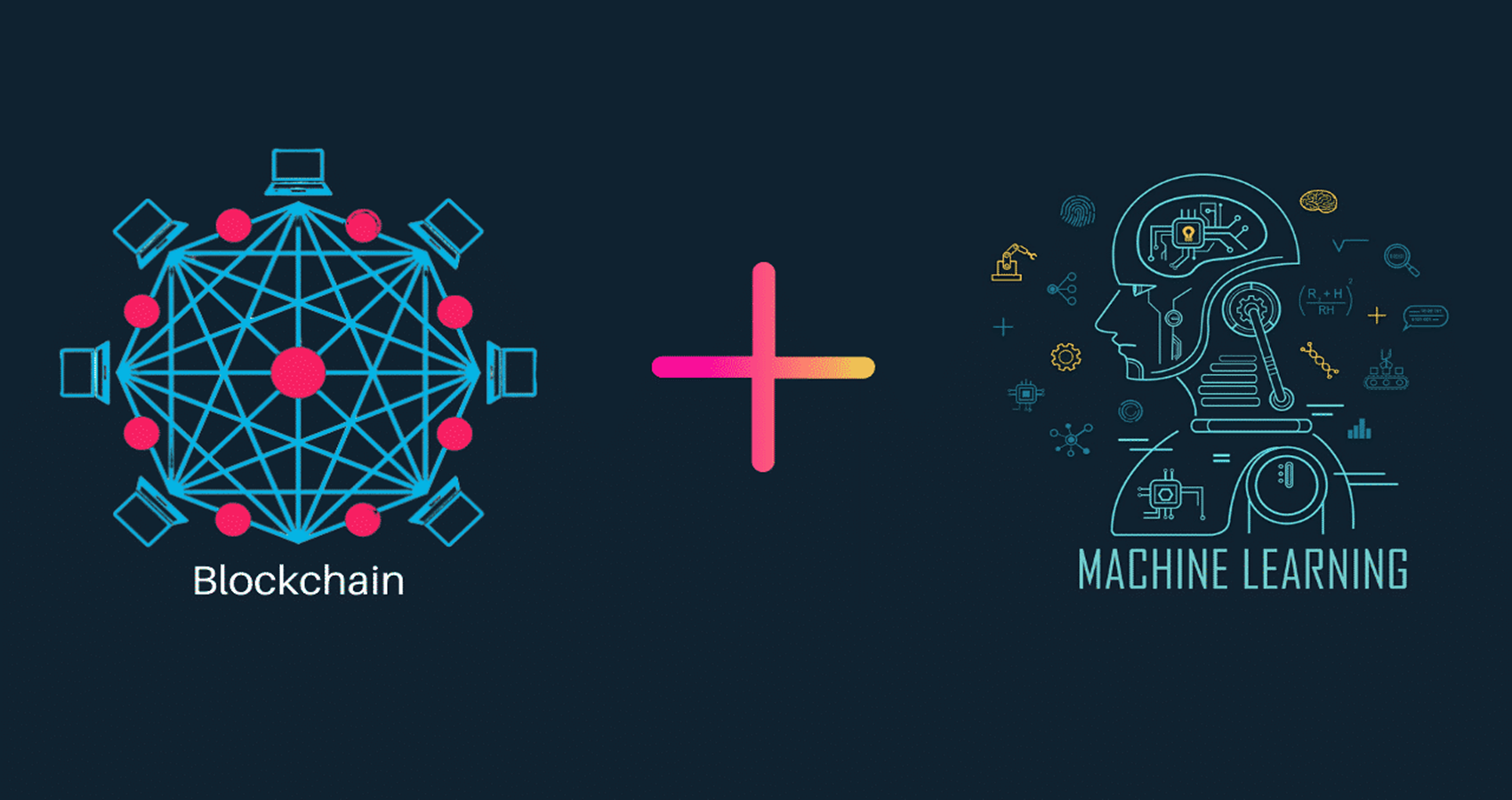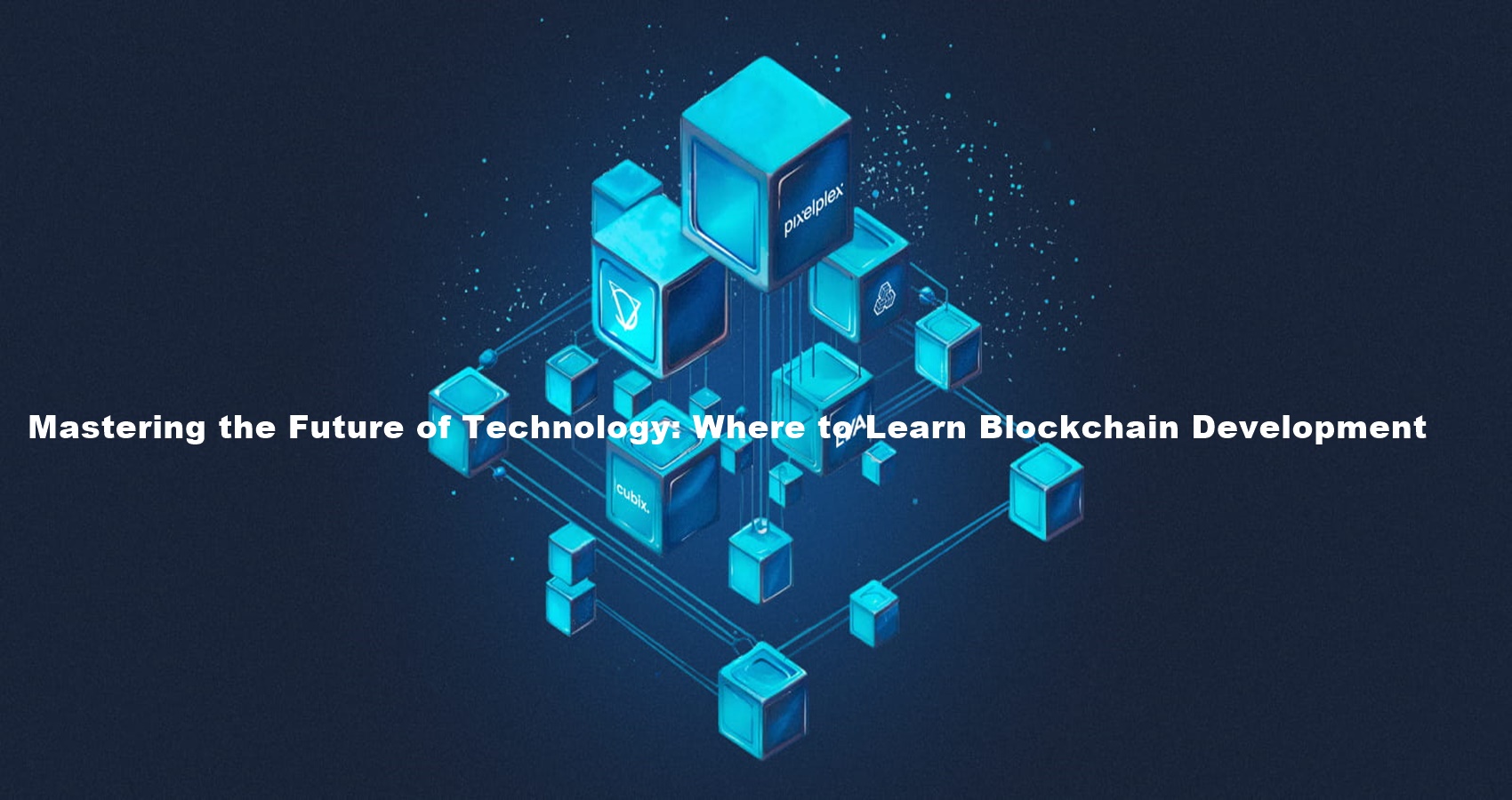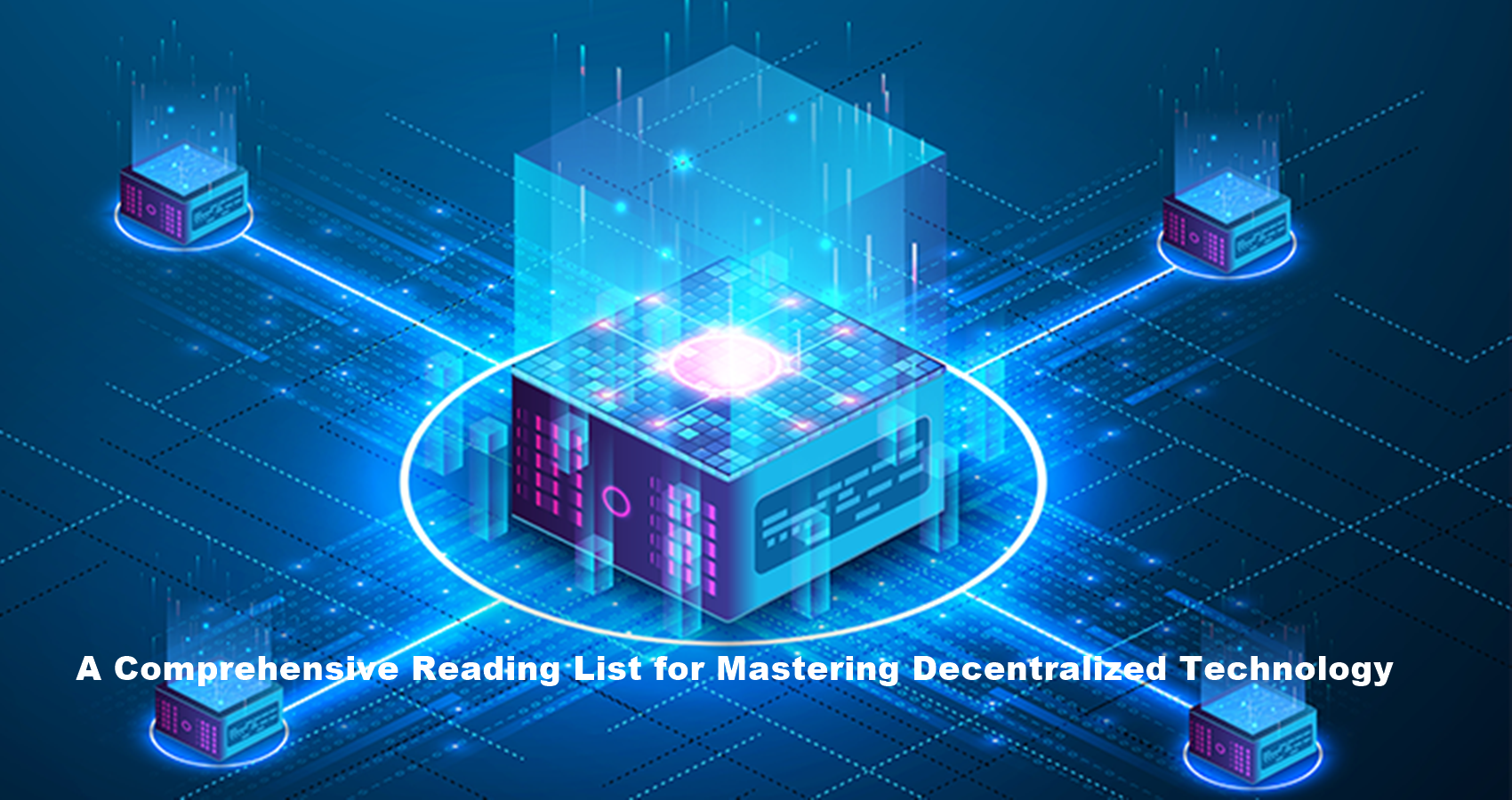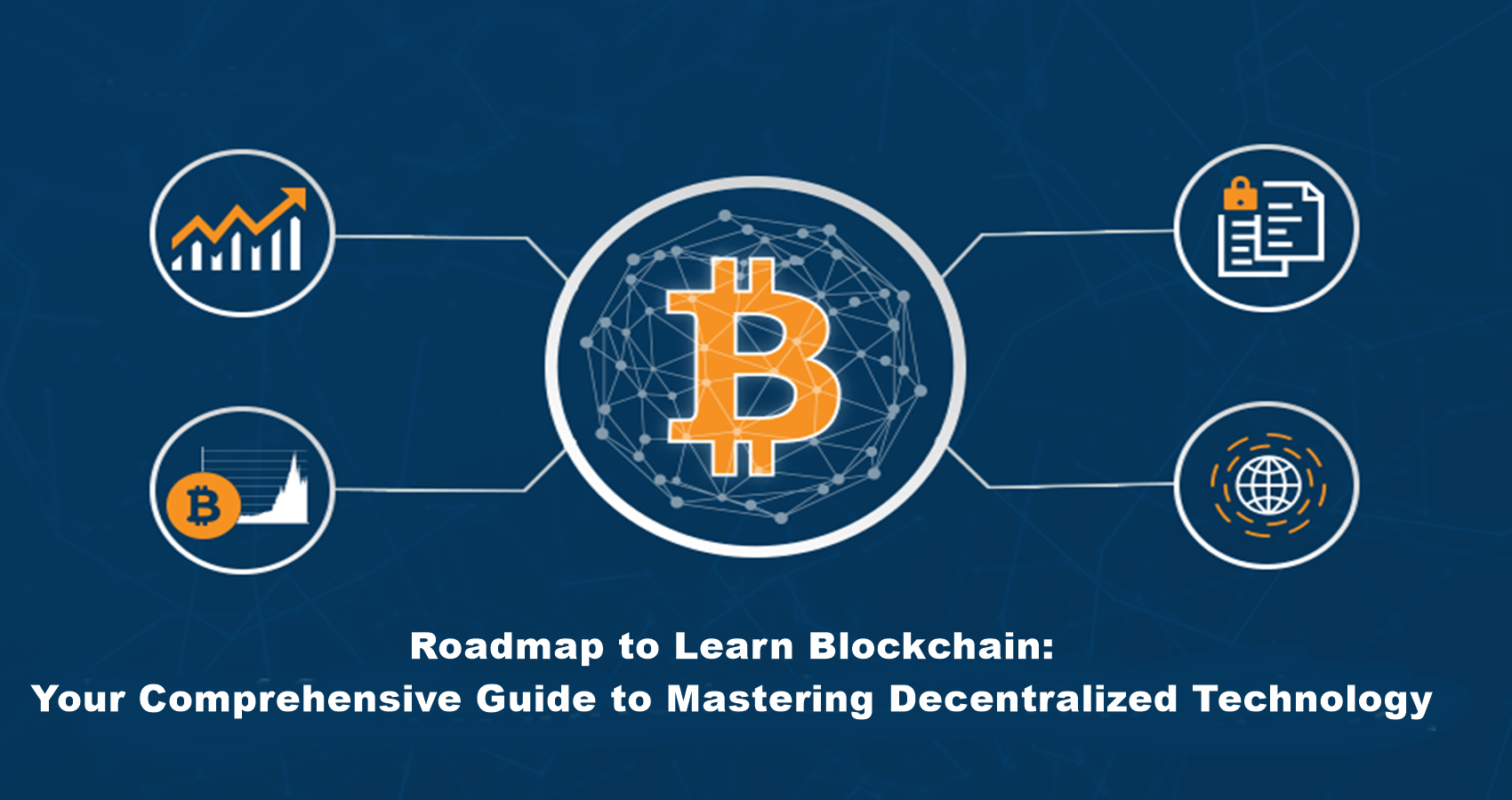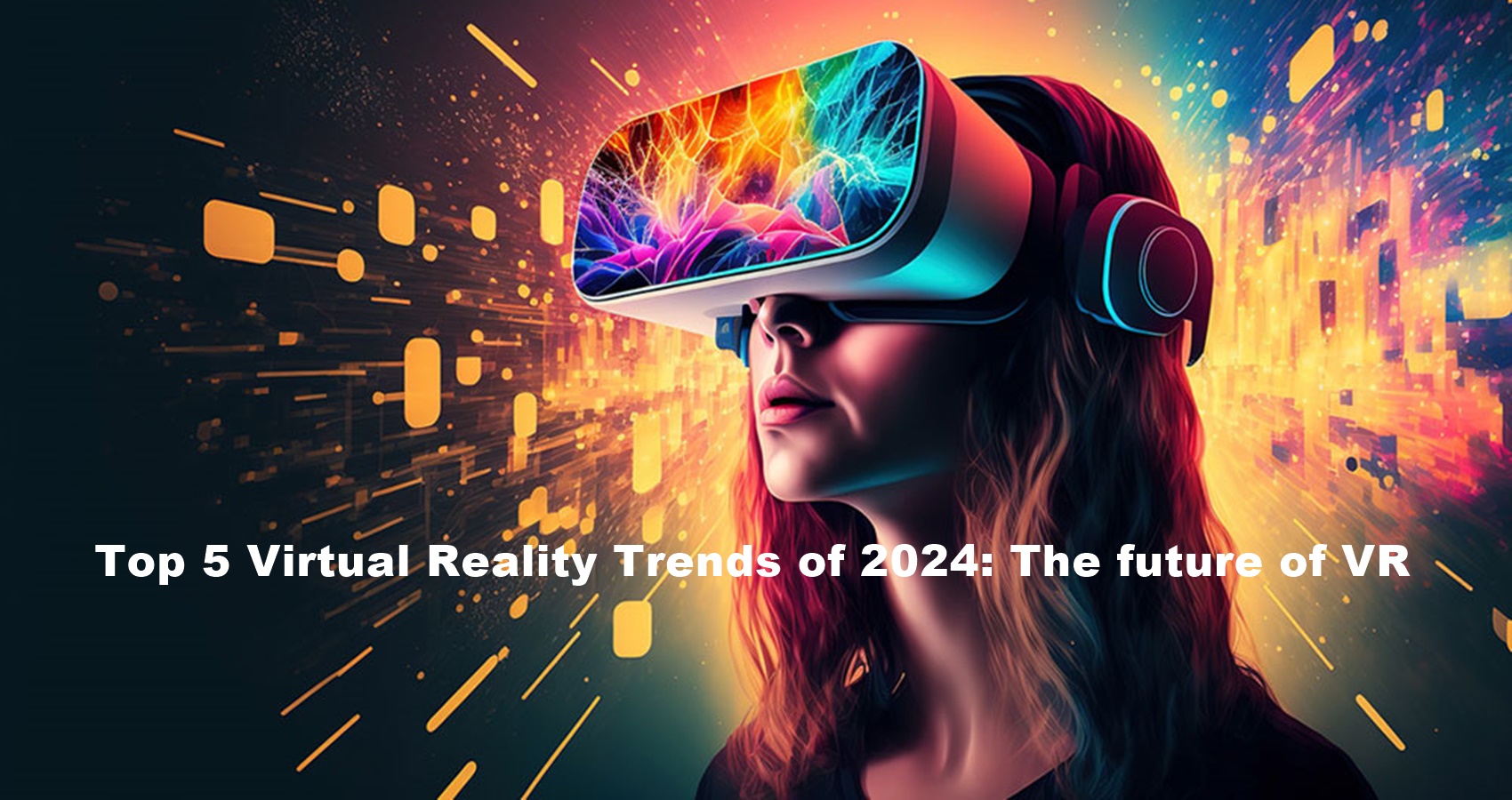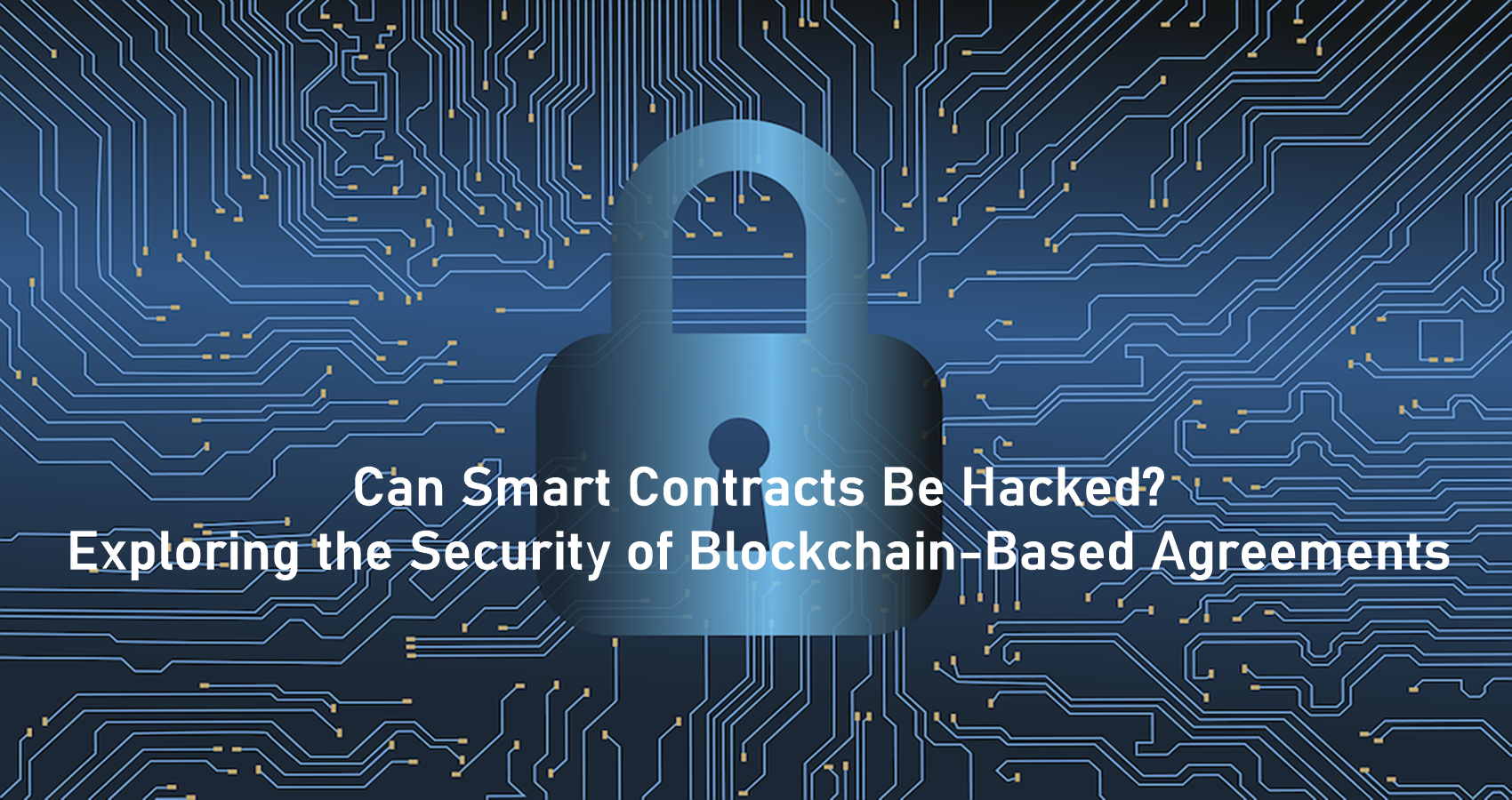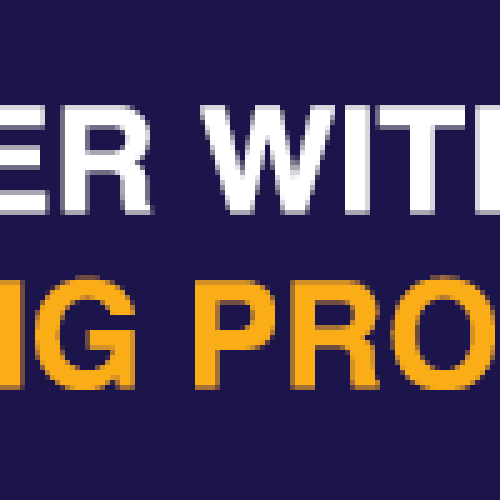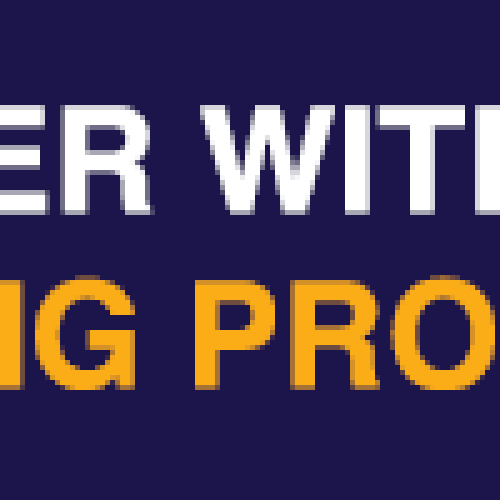In the rapidly evolving world of technology, two revolutionary concepts have emerged as game-changers: Machine Learning and Blockchain. While these technologies may seem vastly different at first glance, they share a common goal – to transform the way we process and secure data. As businesses and organizations increasingly embrace digital transformation, understanding the nuances and potential applications of Machine Learning and Blockchain technologies has become crucial for staying ahead of the curve. This blog post aims to demystify the differences and similarities between these cutting-edge technologies, exploring their underlying principles, applications, and the potential for synergy between them. By the end of this comprehensive guide, you’ll have a deeper understanding of how Machine Learning and Blockchain are shaping the future of various industries and how they can be leveraged to drive innovation and efficiency. What is Machine Learning? Machine Learning is a subset of Artificial Intelligence (AI) that focuses on the development of algorithms and statistical models that enable computer systems to learn from data and improve their performance on specific tasks without being explicitly programmed. In essence, Machine Learning algorithms analyze vast amounts of data, identify patterns, and make predictions or decisions without relying on predetermined rules. Machine Learning Algorithms can be broadly categorized into three main types: supervised learning, unsupervised learning, and reinforcement learning. These algorithms are used in various applications, including image recognition, natural language processing, predictive analytics, and recommendation systems, among others. What is Blockchain? Blockchain is a decentralized, distributed digital ledger that records transactions across multiple computers (nodes) in a secure, transparent, and immutable manner. Unlike traditional databases, blockchain does not rely on a central authority or intermediary to validate and record transactions. Instead, it employs cryptographic techniques and consensus mechanisms to ensure data integrity and security. Blockchain Technology is the foundation for cryptocurrencies like Bitcoin and Ethereum, but its applications extend far beyond digital currencies. It has the potential to revolutionize industries such as finance, supply chain management, healthcare, and real estate by improving transparency, reducing fraud, and streamlining processes. Key Differences between Machine Learning and Blockchain: Potential Applications and Use Cases of Machine Learning and Blockchain: Machine Learning and Blockchain have a wide range of applications across various industries, each offering unique benefits and capabilities. Machine Learning Applications: Blockchain Applications: Synergies and Intersections between Machine Learning and Blockchain: While Machine Learning and Blockchain may seem like distinct technologies, there are potential synergies and intersections that could unlock new possibilities and drive innovation across industries. Challenges and Future Outlook: While the potential applications and synergies between Machine Learning and Blockchain are promising, there are also significant challenges that need to be addressed. Despite these challenges, the potential benefits and opportunities presented by the intersection of Machine Learning and Blockchain are significant. As these technologies continue to mature and converge, we can expect to see groundbreaking innovations that reshape industries, drive efficiency, and unlock new frontiers of data-driven decision-making and secure, transparent processes. Conclusion: In the rapidly evolving landscape of technology, understanding the contrasts and intersections between Machine Learning and Blockchain is crucial for businesses and organizations seeking to stay ahead of the curve. While these technologies may seem distinct at first glance, their potential synergies and complementary capabilities open up exciting opportunities for innovation and digital transformation. By leveraging the power of Machine Learning Algorithms and Blockchain Innovations, organizations can unlock new levels of efficiency, security, and transparency across various industries, from finance and supply chain management to healthcare and beyond. As the world continues to embrace digital transformation, the convergence of Machine Learning and Blockchain Technology will undoubtedly shape the future of data processing, decision-making, and secure transactions. By staying informed about the latest developments and trends, organizations can position themselves at the forefront of this exciting technological revolution and harness the power of these transformative technologies to drive growth, innovation, and competitive advantage.
Mastering the Future of Technology: Where to Learn Blockchain Development
The blockchain revolution is well underway, and its impact is being felt across various industries, from finance and supply chain management to healthcare and governance. As businesses and organizations increasingly recognize the transformative potential of this decentralized ledger technology, the demand for skilled blockchain developers has skyrocketed. If you’re interested in learning blockchain development and positioning yourself at the forefront of this technological revolution, this comprehensive guide will help you navigate the best resources available. Understanding Blockchain Development: Before diving into the various learning options, it’s essential to understand the fundamentals of blockchain development. At its core, blockchain is a distributed, decentralized database that records transactions and stores data in a secure and transparent manner. Unlike traditional databases, blockchain relies on a network of nodes (computers) to validate and record transactions, eliminating the need for a central authority. Blockchain development involves building and deploying decentralized applications (dApps) and smart contracts on top of blockchain platforms like Ethereum, Hyperledger, and Bitcoin. These applications leverage the immutable and transparent nature of blockchain to enable secure data storage, peer-to-peer transactions, and automated contract execution. To become a proficient blockchain developer, you’ll need to acquire a diverse set of skills, including: With this knowledge, you’ll be equipped to build and deploy a wide range of blockchain-based applications across various industries. Best Blockchain Development Training Resources: One of the most accessible and convenient ways to learn blockchain development is through online courses and platforms. These resources offer a wealth of instructional materials, hands-on projects, and often, certification upon completion. a. Udemy: Udemy offers a vast collection of blockchain development courses, ranging from beginner-level introductions to advanced topics like Ethereum, Hyperledger, and smart contract development. b. Coursera: Coursera partners with top universities and companies to provide high-quality online courses, including several blockchain development classes covering topics like blockchain essentials, Ethereum, and decentralized applications. c. edX: edX, a trusted online learning platform, offers blockchain development courses from leading institutions like UC Berkeley, MIT, and IBM, allowing you to learn from industry experts. For those seeking an intensive, immersive learning experience, blockchain development bootcamps can be an excellent choice. These programs typically offer a structured curriculum, hands-on projects, and career support services. a. Blockchain Training Alliance: The Blockchain Training Alliance offers a comprehensive blockchain development bootcamp that covers Ethereum, Hyperledger, and Bitcoin, providing students with the skills needed to become certified blockchain developers. b. Consensys Academy: Powered by Consensys, a leading blockchain company, the Consensys Academy offers a range of blockchain development courses and bootcamps, including topics like Ethereum development, decentralized finance (DeFi), and blockchain security. c. Byte Academy: Byte Academy’s Blockchain Engineering with Ethereum and Solidity bootcamp offers a comprehensive curriculum, covering Ethereum, Solidity, and smart contract development. Several universities and colleges have recognized the growing demand for blockchain expertise and have introduced degree programs, certificates, and specialized courses in blockchain development. a. MIT Digital Currency Initiative: MIT’s Digital Currency Initiative offers courses and resources focused on blockchain technology, cryptocurrencies, and decentralized applications. b. Stanford Center for Blockchain Research: The Stanford Center for Blockchain Research provides courses, seminars, and resources on blockchain development, cryptography, and related topics. c. Cornell Blockchain: Cornell University offers courses and research opportunities in blockchain technology, smart contracts, and decentralized applications. In addition to formal education programs, several organizations offer industry-recognized certifications and workshops for blockchain developers. a. Ethereum Certification: The Ethereum Foundation provides a certification program for developers interested in building on the Ethereum blockchain. b. Hyperledger Certification: Hyperledger, a collaborative open-source blockchain project, offers certification programs for developers and administrators working with Hyperledger technologies. c. Blockchain Workshops and Events: Various organizations and companies offer blockchain workshops and events, providing hands-on training and networking opportunities for aspiring blockchain developers. In addition to formal learning resources, engaging with online communities and leveraging open-source resources can be invaluable for learning blockchain development. a. GitHub: GitHub is a vast repository of open-source blockchain projects, allowing you to explore and contribute to various blockchain codebases. b. Reddit: The r/BlockchainDevelopers subreddit is a vibrant community where developers share insights, ask questions, and discuss blockchain-related topics. c. Blockchain Developer Blogs and Resources: Many experienced blockchain developers maintain blogs and curate resources, providing valuable insights, tutorials, and best practices. Choosing the Right Learning Path: With so many options available, choosing the right learning path can be daunting. Here are some factors to consider: Regardless of the path you choose, consistent practice and hands-on projects are crucial for mastering blockchain development. Building and deploying real-world applications will solidify your understanding and prepare you for the dynamic challenges of this rapidly evolving field. Beginner Blockchain Development Guide: If you’re new to blockchain development, it’s essential to start with the fundamentals. Here’s a beginner’s guide to help you kickstart your journey: Advanced Blockchain Development Resources: As you progress in your blockchain development journey, you’ll want to explore more advanced topics and resources. Here are some recommendations for taking your skills to the next level: Conclusion: The world of blockchain development is brimming with opportunities for those willing to invest time and effort in learning this cutting-edge technology. From online courses and bootcamps to university programs and industry certifications, the resources available cater to a wide range of learning styles, backgrounds, and career goals. As businesses and organizations continue to embrace the transformative potential of blockchain, the demand for skilled developers will only grow. By taking advantage of the resources outlined in this guide, you can position yourself at the forefront of this technological revolution and unlock a world of exciting career prospects in blockchain development. Remember, learning blockchain development is an ongoing journey. Stay curious, engage with the vibrant blockchain community, and continuously update your skills to keep pace with the rapid advancements in this field. With dedication and a passion for innovation, you can become a valuable contributor to the blockchain ecosystem and shape the future of decentralized applications.
Books to Learn Blockchain Development: A Comprehensive Reading List for Mastering Decentralized Technology
As the world rapidly embraces the transformative potential of blockchain technology, the demand for skilled developers in this field continues to soar. Whether you’re a seasoned programmer looking to expand your horizons or a newcomer eager to dive into this cutting-edge domain, one of the most effective ways to learn blockchain development is through books. These comprehensive resources offer in-depth knowledge, practical examples, and expert insights that can help you navigate the complexities of this revolutionary technology. In this blog post, we’ll explore a curated list of the best blockchain development books available, covering everything from the fundamentals of blockchain to advanced programming techniques. Whether you’re a visual learner, an auditory learner, or prefer hands-on experience, these books on blockchain programming will provide you with a solid foundation and equip you with the skills to become a proficient blockchain developer. If you’re looking for a comprehensive introduction to blockchain technology, “Mastering Blockchain” by Imran Bashir is an excellent starting point. This book covers the fundamentals of blockchain, including its architecture, consensus mechanisms, and cryptographic principles. It also delves into practical applications of blockchain in various industries, such as finance, supply chain management, and healthcare. Whether you’re a complete beginner or have some prior knowledge, this book provides a solid foundation for understanding the core concepts of blockchain. Ethereum is one of the most popular and widely adopted blockchain platforms for building decentralized applications (dApps). “Ethereum: Blockchains, Digital Assets, Tokens and Decentralized Applications” by Henning Diedrich is an excellent resource for developers interested in learning how to build on the Ethereum network. This book covers topics such as smart contracts, Solidity (the programming language used for Ethereum), and the Ethereum Virtual Machine (EVM). It also provides practical examples and hands-on exercises to reinforce your understanding of the material. Written by Joseph Bambara and Paul Allen, “Blockchain: A Practical Guide to Developing Business, Law, and Technology Solutions” offers a comprehensive look at blockchain technology from a business and legal perspective. This book explores the potential applications of blockchain across various industries and examines the legal and regulatory implications of its adoption. It also provides practical guidance on developing blockchain solutions, making it a valuable resource for developers, entrepreneurs, and business professionals alike. If you’re new to blockchain and looking for an accessible, non-technical introduction, “Blockchain Basics: A Non-Technical Introduction in 25 Steps” by Daniel Drescher is an excellent choice. This book breaks down the complexities of blockchain technology into easy-to-understand concepts, making it suitable for anyone without a technical background. It covers the fundamentals of blockchain, its applications, and its potential impact on various industries. “Grokking Blockchain” by Rohan Patro and V. Anton Fedorov is a highly regarded resource for developers looking to gain a deep understanding of blockchain technology. This book takes a hands-on approach, providing practical examples and coding exercises to help readers grasp the concepts and apply them in real-world scenarios. It covers topics such as cryptography, consensus algorithms, and smart contract development, making it an essential resource for aspiring blockchain developers. For a comprehensive overview of the transformative potential of blockchain technology, “Blockchain Revolution” by Don Tapscott and Alex Tapscott is a must-read. This book explores the far-reaching implications of blockchain across various industries, such as finance, healthcare, government, and more. It also examines the challenges and opportunities associated with the adoption of this technology, providing valuable insights for businesses and policymakers alike. While focused primarily on Bitcoin, “Mastering Bitcoin: Programming the Open Blockchain” by Andreas M. Antonopoulos is a valuable resource for anyone interested in understanding the core principles of blockchain technology. This book covers topics such as Bitcoin’s architecture, transaction scripting, and mining. It also provides practical examples and code snippets, making it an excellent resource for developers looking to build applications on top of Bitcoin or other blockchain platforms. For developers interested in building decentralized applications (dApps) on the Ethereum blockchain using Python and Solidity, “Blockchain Developer’s Guide” by Agustin Aguilar and Shermin Voshmgir is an excellent choice. This book covers the fundamentals of Ethereum, smart contract development, and the integration of dApps with traditional web applications. It also includes practical examples and code samples to help readers reinforce their understanding of the material. Supply chain management is one of the many industries poised to benefit significantly from the adoption of blockchain technology. “Blockchain and the Supply Chain: Concepts, Strategies and Practical Applications” by Alin Tomescu and Ştefan Prună explores the potential of blockchain in streamlining supply chain operations, improving transparency, and increasing efficiency. This book provides a comprehensive overview of the challenges and opportunities associated with implementing blockchain solutions in the supply chain industry. As the title suggests, “Blockchain for Dummies” by Tiana Laurence is an accessible and beginner-friendly introduction to blockchain technology. This book covers the basics of blockchain, its underlying principles, and its potential applications across various industries. It also provides practical advice and tips for getting started with blockchain development, making it an excellent resource for those new to the field. These are just a few examples of the many blockchain development books available on the market. Whether you’re looking for a general overview, technical guidance, or industry-specific insights, there is a wealth of comprehensive blockchain learning materials to choose from. When selecting blockchain development books, it’s essential to consider your learning style, prior knowledge, and specific areas of interest. Some books may be better suited for beginners, while others cater to more advanced readers seeking in-depth technical knowledge or industry-specific applications. In addition to books, there are numerous online resources, courses, and communities dedicated to blockchain development. Engaging with these resources can complement your book-based learning and provide you with a well-rounded understanding of this rapidly evolving technology. Conclusion: As the blockchain revolution continues to gain momentum, the demand for skilled developers in this field will only continue to grow. By investing in books on blockchain programming, you can gain a solid foundation in the principles, applications, and technical aspects of blockchain development. Whether you’re a beginner or an
Roadmap to Learn Blockchain: Your Comprehensive Guide to Mastering Decentralized Technology
In the rapidly evolving world of technology, blockchain has emerged as a disruptive force with the potential to transform industries ranging from finance and supply chain management to healthcare and governance. As businesses and organizations increasingly recognize the transformative potential of this distributed ledger technology, the demand for skilled blockchain developers and professionals has skyrocketed. If you’re interested in learning blockchain and positioning yourself at the forefront of this technological revolution, this comprehensive guide will provide you with a structured blockchain learning path to help you navigate the journey to mastery. Understanding Blockchain Fundamentals: Before embarking on your blockchain learning path, it’s essential to grasp the fundamental concepts that underpin this revolutionary technology. Blockchain, at its core, is a decentralized, distributed digital ledger that records transactions across multiple computers in a secure and transparent manner. Unlike traditional databases, blockchain relies on a network of nodes (computers) to validate and record transactions, eliminating the need for a central authority. To build a solid foundation, start by familiarizing yourself with the following key concepts: Beginner’s Guide to Blockchain Learning: As a beginner, it’s crucial to start with resources that introduce blockchain concepts in a simple and accessible manner. Here’s a recommended beginner’s guide to blockchain learning: Intermediate Blockchain Learning: As you progress in your blockchain learning path, it’s time to dive deeper into the technical aspects of blockchain development and explore specific platforms and use cases. Here’s a recommended intermediate blockchain learning strategy: Advanced Blockchain Learning: As you progress in your blockchain journey, you’ll want to explore advanced topics and specialized areas of study. Here’s a recommended advanced blockchain learning strategy: Continuous Learning and Staying Up-to-Date: The blockchain ecosystem is rapidly evolving, with new innovations, protocols, and use cases emerging constantly. To stay ahead of the curve, it’s essential to adopt a mindset of continuous learning and actively seek out new expert blockchain education roadmaps and resources. Conclusion: Learning blockchain technology is a journey that requires dedication, persistence, and a willingness to continuously adapt and grow. By following the comprehensive blockchain education guide and step-by-step blockchain learning plan outlined in this blog post, you’ll be well-equipped to navigate the exciting world of decentralized technology. Remember, the blockchain ecosystem is constantly evolving, and new opportunities and challenges emerge regularly. Embracing a mindset of lifelong learning and staying up-to-date with the latest trends, innovations, and best blockchain learning roadmaps will be crucial for your success as a blockchain developer or professional. Whether you’re a newcomer to the field or an experienced developer looking to expand your horizons, the resources and strategies presented in this guide will serve as a solid foundation for your blockchain learning journey. Immerse yourself in this transformative technology, engage with the vibrant blockchain community, and get ready to contribute to the decentralized future that lies ahead.
Top 5 Virtual Reality Trends of 2024: The future of VR
Virtual Reality (VR) has come a long way from its early beginnings, and the technology continues to evolve at a breakneck pace. As we move into 2024, the VR industry is poised to witness some groundbreaking advancements that will reshape the way we perceive and interact with digital world. In this blog post, we’ll explore the top 5 Virtual Reality Trends of 2024, which promise to redefine the future of immersive experiences. One of the most anticipated VR Trends for 2024 is the advent of photorealistic rendering and advanced graphics. As hardware capabilities continue to improve, we can expect VR headsets to deliver ultra-realistic visuals that blur the line between virtual and reality. Companies like NVIDIA, AMD, and Intel are at the forefront of developing cutting-edge graphics processing units (GPUs) that enable real-time ray tracing, advanced lighting techniques, and high-resolution textures. This level of visual fidelity will not only enhance gaming experiences but also open up new possibilities for various industries, such as architecture, design, and training simulations. Imagine being able to walk through a virtual replica of a building or explore a realistic 3D model of a product before it’s even manufactured. As VR continues to evolve, the focus is shifting from solely visual experiences to multisensory immersion. In 2024, we can expect significant advancements in haptic feedback technology, which simulates the sense of touch and tactile sensations. Companies like HaptX, Ultraleap, and SenseGlove are pioneering the development of haptic gloves, suits, and other wearable devices that provide realistic force feedback and textures in virtual environments. By integrating haptic feedback with advanced audio and visual rendering, VR experiences will become even more immersive and engaging. Imagine being able to feel the weight of a virtual object, the texture of a surface, or the resistance of a tool in your hands, all while fully immersed in a virtual world. Eye-tracking technology is poised to play a pivotal role in the future of VR. By precisely tracking the movement and focus of the user’s eyes, VR systems can optimize rendering resources and deliver an even more realistic and responsive experience. Companies like Tobii, Pupil Labs, and Vive are leading the charge in developing eye-tracking solutions for VR headsets. With eye-tracking, VR systems can employ foveated rendering, a technique that renders the area in the user’s direct line of sight with high detail while reducing the rendering quality in the peripheral areas. This not only enhances visual fidelity but also optimizes performance, allowing for more complex and demanding VR applications to run smoothly on existing hardware. While VR immerses users in a fully digital environment, Augmented Reality (AR) seamlessly blends virtual elements with the real world. In 2024, we can expect to see a convergence of these two technologies, creating hybrid experiences that combine the best of both worlds. Companies like Microsoft (with HoloLens), Magic Leap, and Google are at the forefront of this revolution. By integrating AR capabilities into VR headsets, users will be able to interact with virtual objects and information overlaid onto their real-world surroundings. This opens up exciting possibilities for industries such as education, training, maintenance, and remote collaboration. Imagine being able to visualize and manipulate 3D models of machinery or equipment while still being aware of your physical environment, or having virtual instructional guides and annotations superimposed onto real-world objects during training sessions. As VR technology continues to advance and become more accessible, we can expect a surge in its adoption across various industries and sectors. In 2024, we’ll see an expansion of VR applications in fields such as healthcare, education, tourism, real estate, and entertainment. In healthcare, VR is already being used for pain management, exposure therapy, and surgical training. With improved haptic feedback and multisensory experiences, medical professionals will be able to practice complex procedures in highly realistic virtual environments, enhancing their skills and preparedness. The education sector is also embracing VR as a powerful tool for immersive learning experiences. Students can explore historical sites, dissect virtual anatomical models, or conduct experiments in simulated environments, making learning more engaging and interactive. Furthermore, the entertainment industry is poised to leverage VR for creating truly immersive movies, concerts, and gaming experiences. With the advent of wireless VR headsets and improved mobility, users will be able to move freely within virtual environments, opening up new possibilities for storytelling and interactive narratives. Conclusion: The Virtual Reality Technology landscape is constantly evolving, and the top 5 trends of 2024 outlined in this blog post are just the tip of the iceberg. As we move forward, we can expect even more groundbreaking VR Innovations and VR Developments that will revolutionize the way we experience and interact with digital worlds. From photorealistic rendering and advanced graphics to haptic feedback and multisensory experiences, the future of VR promises to deliver truly Immersive Experiences that blur the boundaries between the virtual and the real. Whether you’re a gamer, a professional, or simply someone who appreciates cutting-edge technology, 2024 is shaping up to be an exciting year for the VR industry, with endless possibilities for VR Applications across various domains. Stay tuned and get ready to embark on a journey into the future of Augmented Reality Integration and immersive digital experiences like never before.
Can Smart Contracts Be Hacked? Exploring the Security of Blockchain-Based Agreements
In the ever-evolving world of blockchain and cryptocurrency, smart contracts have emerged as a revolutionary technology, enabling trustless, transparent, and automated agreements between parties. However, as with any innovative technology, concerns about smart contracts security and the potential for smart contract hacking have arisen, prompting a closer examination of the underlying vulnerabilities and risks associated with these digital agreements. This comprehensive blog post delves into the realm of smart contract security, exploring the potential vulnerabilities, high-profile blockchain vulnerabilities and hacking incidents, and the measures being taken to mitigate these risks. By understanding the security challenges faced by smart contracts, we can better assess their suitability for various applications and make informed decisions regarding their adoption and implementation. What are Smart Contracts? Before delving into the security aspects of smart contracts, let’s first understand what they are and how they function. Smart contracts are self-executing contracts with the terms of the agreement directly written into code and deployed on a blockchain network, such as Ethereum. These digital agreements automatically execute the predefined terms and conditions when specific conditions are met, eliminating the need for intermediaries and ensuring transparency and immutability. Smart contracts are used in a wide range of applications, including decentralized finance (DeFi), supply chain management, voting systems, and more. The Potential for Smart Contract Hacking While smart contracts offer numerous advantages, such as automation, transparency, and decentralization, they are not immune to vulnerabilities and potential smart contract hacking. Like any software system, smart contracts can contain coding errors, design flaws, or logical vulnerabilities that can be exploited by malicious actors. One of the primary concerns surrounding smart contract security is the immutable nature of blockchain transactions. Once a smart contract is deployed on the blockchain and funds are transferred, it becomes extremely difficult, if not impossible, to reverse or modify the contract’s execution. This immutability, while a desirable feature for transparency and trust, also means that any vulnerabilities or errors in the smart contract code can have severe and irreversible consequences. High-Profile Smart Contract Hacking Incidents To better understand the potential risks associated with smart contract security, it’s essential to examine some notable smart contract hacking incidents that have occurred in the past. These incidents not only highlight the vulnerabilities but also serve as valuable lessons for the blockchain community to improve security measures and practices. These high-profile incidents underscore the significance of smart contract auditing and the importance of thorough testing and security measures to mitigate the risks of smart contract vulnerabilities. Common Smart Contract Vulnerabilities To better understand the potential risks associated with smart contracts, it’s essential to examine some of the most common vulnerabilities that can lead to smart contract hacking: Mitigating Smart Contract Vulnerabilities To address the security risks associated with smart contracts, various measures and best practices have been developed and adopted by the blockchain community: The Future of Smart Contract Security As the adoption of blockchain technology and smart contracts continues to grow, the need for robust security measures and practices becomes increasingly crucial. The blockchain community, developers, and security experts are continuously working to enhance smart contract security through ongoing research, the development of advanced security tools, and the establishment of industry standards and best practices. One promising area of research is the integration of formal verification techniques and automated security analysis tools into the smart contract development lifecycle. By incorporating these methods early in the development process, developers can identify and address potential vulnerabilities before deployment, reducing the risk of smart contract hacking and increasing the overall security and reliability of these digital agreements. Additionally, the adoption of secure coding frameworks and libraries, such as OpenZeppelin and Gnosis Safe, can significantly improve the security posture of smart contracts by providing battle-tested and audited code bases, reducing the likelihood of common vulnerabilities. Furthermore, the establishment of industry-wide security standards and certifications for smart contract development and auditing can help ensure a consistent level of security across the blockchain ecosystem. These standards can provide clear guidelines for developers, auditors, and organizations, promoting best practices and facilitating the widespread adoption of secure smart contract development methodologies. Conclusion Smart contracts, while offering numerous benefits and advantages, are not immune to vulnerabilities and the potential for hacking. The immutable nature of blockchain transactions and the complexity of smart contract code make it imperative to prioritize security and implement robust measures to mitigate risks. By understanding common vulnerabilities, learning from past incidents, and adopting best practices such as smart contract auditing, formal verification, bug bounty programs, and secure development lifecycles, the blockchain community can enhance the security and reliability of smart contracts. As the adoption of blockchain technology and smart contracts continues to grow, the importance of proactive security measures and continuous improvement cannot be overstated. It is crucial for developers, organizations, and users to remain vigilant, prioritize security, and collaborate to establish industry-wide standards and best practices. By embracing a security-focused mindset and leveraging the latest advancements in smart contract security, we can unlock the full potential of these innovative digital agreements while minimizing the risks associated with smart contract hacking and vulnerabilities.

